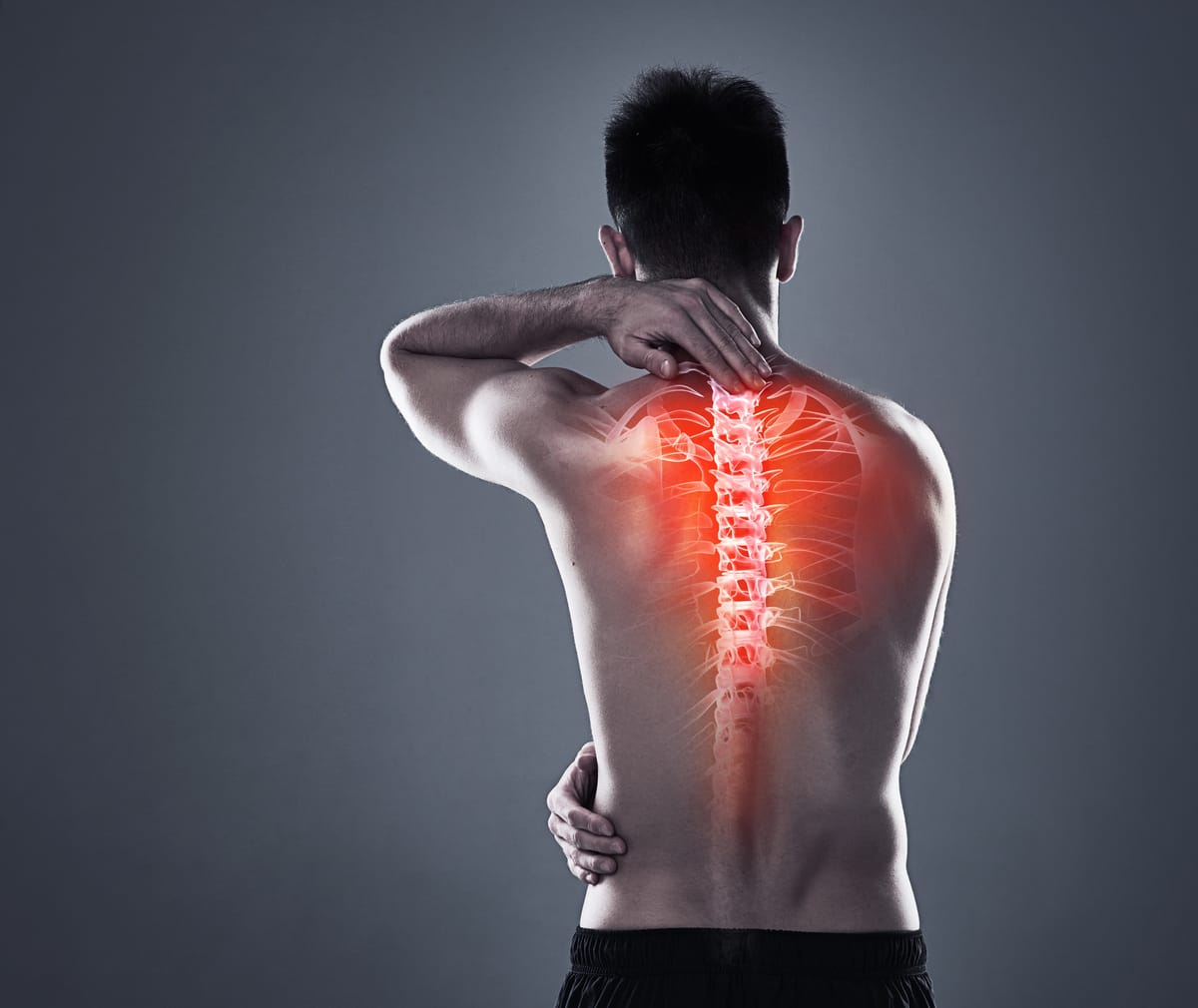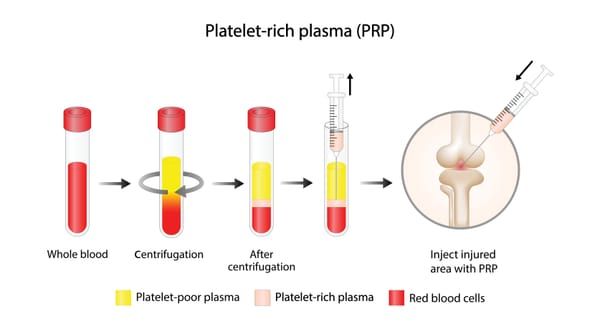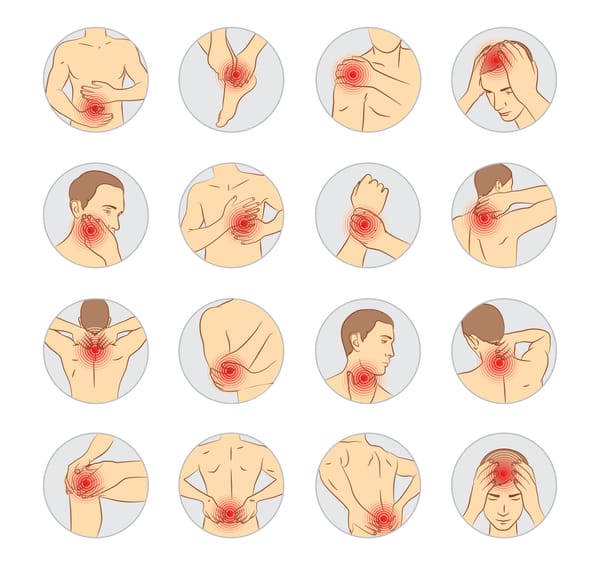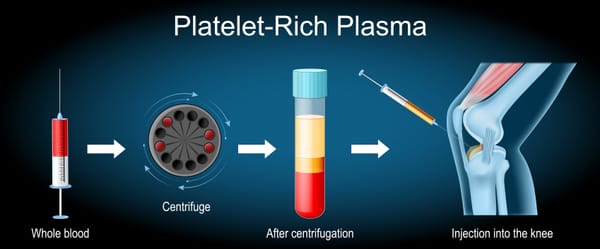Treating Peripheral Neuropathy with Spinal Cord Stimulation: A Path to Pain Relief

Peripheral neuropathy, a condition characterized by nerve damage that causes burning, tingling, or shooting pain, can significantly disrupt daily life. For those who experience persistent pain despite medications or other treatments, spinal cord stimulation (SCS) offers a promising, innovative approach to manage symptoms. This minimally invasive procedure uses electrical impulses to interrupt pain signals, providing relief for many patients with neuropathic pain.
In this blog post, we’ll explore what peripheral neuropathy is, how spinal cord stimulation works to treat it, and what patients can expect, all explained clearly for a general audience.
Understanding Peripheral Neuropathy
Peripheral neuropathy occurs when the peripheral nerves—those outside the brain and spinal cord—are damaged or dysfunctional, disrupting communication between the body and the central nervous system. This can lead to chronic pain, numbness, or weakness, often in the hands, feet, or legs. Common causes include:
- Diabetes: Diabetic neuropathy affects 30-50% of diabetic patients, per a 2020 study in Diabetes Care, causing burning or tingling in the feet.
- Chemotherapy: Neurotoxic drugs (e.g., taxanes, cisplatin) used in cancer treatment can cause chemotherapy-induced peripheral neuropathy (CIPN).
- Injuries: Trauma from accidents or surgeries, such as nerve compression or amputation, leading to phantom limb pain.
- Infections: Conditions like shingles (postherpetic neuralgia) or HIV can damage nerves.
- Other Causes: Autoimmune diseases, vitamin deficiencies (e.g., B12), alcoholism, or idiopathic (unknown) causes.
Symptoms include burning, tingling, electric-shock-like pain, sensitivity to touch (allodynia), or numbness, often worsening at night. Peripheral neuropathy affects about 7-10% of the general population, per a 2019 study in Pain Medicine, and can severely impact quality of life when pain is uncontrolled.
What is Spinal Cord Stimulation?
Spinal cord stimulation (SCS) is a minimally invasive procedure that involves implanting a small device, similar to a pacemaker, to deliver low-level electrical impulses to the spinal cord. These impulses interfere with pain signals before they reach the brain, replacing them with a mild tingling sensation (paresthesia) or, in newer systems, no sensation at all. The SCS system includes:
- A Pulse Generator: A small, battery-powered device implanted under the skin, usually in the buttocks or abdomen.
- Electrodes: Thin wires (leads) placed in the epidural space near the spinal cord.
- A Remote Control: Allows patients to adjust stimulation settings or turn the device on/off.
SCS is typically performed by a pain specialist or neurosurgeon and is adjustable to the patient’s pain patterns. It’s often considered when other treatments, like medications or nerve blocks, fail to provide adequate relief.
How Spinal Cord Stimulation Treats Peripheral Neuropathy
SCS works by modulating pain signals in the spinal cord, effectively “blocking” the perception of neuropathic pain. For peripheral neuropathy, it:
- Interrupts Pain Signals: Electrical impulses disrupt the transmission of pain from damaged peripheral nerves to the brain.
- Reduces Symptoms: Alleviates burning, tingling, or shooting pain, often replacing it with a tolerable sensation or no sensation (in paresthesia-free systems).
- Improves Function: Better pain control can enhance mobility, sleep, and emotional well-being.
- Customizes Relief: Modern SCS devices offer high-frequency or burst stimulation, tailoring treatment to specific pain patterns.
SCS is particularly effective for neuropathic pain in the extremities (e.g., feet or hands) and is often used for:
- Chronic diabetic neuropathy.
- Chemotherapy-induced peripheral neuropathy.
- Postherpetic neuralgia.
- Complex regional pain syndrome (CRPS) with neuropathic components.
What Does the Evidence Say?Research supports SCS as an effective treatment for peripheral neuropathy, particularly when other therapies fail. Key findings include:
- Pain Reduction: A 2021 study in Pain Practice found that 60-70% of patients with diabetic neuropathy achieved at least 50% pain reduction after SCS, with relief lasting 6-12 months or longer.
- Chemotherapy-Induced Neuropathy: A 2020 study in Journal of Pain Research reported that 65% of patients with CIPN experienced significant pain relief and improved function after SCS, reducing reliance on medications.
- Postherpetic Neuralgia: A 2019 review in Neuromodulation noted that 70% of patients with postherpetic neuralgia had substantial pain reduction with SCS, especially when started early.
- Quality of Life: A 2021 study in Pain Medicine found that 60-75% of SCS patients reported improved sleep, mobility, and mood, enhancing overall well-being.
- Patient Experiences: On platforms like Reddit, patients with peripheral neuropathy describe SCS as “life-altering,” with many regaining the ability to walk or sleep comfortably, though some note the need for trial adjustments or device maintenance.
SCS is not a cure, and success depends on proper patient selection, pain type, and device programming. It’s most effective for neuropathic pain but may be less helpful for non-neuropathic conditions.
What to Expect from Spinal Cord Stimulation
Here’s an overview of the SCS process:
- Pre-Procedure: Your doctor will evaluate your pain, medical history, and imaging (e.g., MRI) to confirm SCS suitability. A trial phase, lasting 5-7 days, involves placing temporary electrodes in the epidural space to test pain relief. If pain decreases by at least 50% with minimal side effects, a permanent implant may be recommended.
- Implantation: Under sedation or general anesthesia, a pain specialist or neurosurgeon places electrodes in the epidural space and implants the pulse generator under the skin. The procedure takes 1-2 hours, with a hospital stay of 0-1 days.
- Recovery: Mild soreness at the incision site is common for 1-2 weeks. Strenuous activity is avoided for 6-8 weeks to allow healing. Pain relief typically begins during the trial and continues after permanent implantation, with adjustments over weeks.
- Maintenance: The device is programmed and adjusted via a remote control. Batteries last 5-10 years (rechargeable) or 2-5 years (non-rechargeable), requiring surgical replacement. Regular follow-ups ensure optimal settings.
- Side Effects: Common side effects include temporary soreness or discomfort at the implant site. Rare risks (1-2%) include infection, lead migration, or device malfunction, minimized by experienced providers.
Benefits and Considerations
Benefits:
- Significant pain relief, often 50-70% reduction, improving comfort and function.
- Reduces reliance on medications, minimizing side effects like sedation or nausea.
- Adjustable and reversible, with settings tailored to pain needs.
- Improves sleep, mobility, and emotional health.
- Long-term solution for chronic neuropathic pain.
Considerations:
- Surgical risks include infection, bleeding, or lead movement, though rare with skilled teams.
- Requires a trial phase and ongoing maintenance (programming, battery replacement).
- Costs range from $20,000-$50,000 for implantation, plus maintenance, though insurance often covers it for neuropathic pain with medical necessity.
- Not suitable for all patients, such as those with active infections, severe psychological conditions, or non-neuropathic pain.
- Some patients may experience incomplete relief or device-related discomfort.
Is Spinal Cord Stimulation Right for You?
SCS is typically considered for patients with peripheral neuropathy who:
- Have chronic, severe neuropathic pain not controlled by medications, nerve blocks, or other therapies.
- Experience significant side effects from drugs like opioids or anticonvulsants.
- Have pain in the extremities (e.g., feet, hands) from diabetes, chemotherapy, or other causes.
- Are medically stable for a minor surgical procedure.
Your healthcare team, including a pain specialist, neurologist, or neurosurgeon, will assess:
- The nature and severity of your pain, using exams, nerve studies (e.g., EMG), or imaging.
- Your overall health, including any contraindications like infections or bleeding disorders.
- Your goals, such as pain reduction, improved function, or reduced medication use.
Discuss the trial phase, risks, benefits, and maintenance needs with your provider. Choosing a center experienced in SCS is critical for success.
Complementary Treatments
SCS is often part of a broader pain management plan, including:
- Medications: Low-dose anticonvulsants (e.g., gabapentin), antidepressants (e.g., duloxetine), or topical agents for residual pain.
- Physical Therapy: Exercises to improve strength and mobility, tailored to neuropathy.
- Psychological Support: Cognitive-behavioral therapy or mindfulness to address pain’s emotional toll.
- Complementary Therapies: Acupuncture or TENS (transcutaneous electrical nerve stimulation) to enhance relief.
- Lifestyle Changes: Managing blood sugar (for diabetic neuropathy), improving diet, or addressing underlying causes like vitamin deficiencies.
A 2021 study in Neuromodulation found that combining SCS with physical therapy and psychological support improved outcomes by 30-40% in neuropathy patients, highlighting the value of a multidisciplinary approach.
Living with Peripheral Neuropathy
Peripheral neuropathy can feel isolating, with its burning or tingling pain disrupting sleep, work, or hobbies. SCS offers hope for reclaiming comfort and function. Share your pain’s details—intensity, location, and triggers—with your healthcare team to guide treatment. Support groups, through organizations like the Neuropathy Action Foundation (neuropathyaction.org) or online platforms like Reddit, provide a space to connect with others and share coping strategies.
Emotional support is vital, as chronic pain can amplify stress or depression. Lean on counselors, family, or support groups for encouragement. Practical steps, like pacing activities, wearing comfortable shoes, or practicing relaxation techniques, can also help.
Why Awareness Matters
Peripheral neuropathy affects millions, yet its pain is often undertreated due to its complexity, per a 2020 review in The Lancet Neurology. Advanced treatments like SCS are underutilized due to limited awareness or access to specialists. Raising awareness empowers patients to explore effective options and advocate for better care.
If you’re struggling with neuropathic pain from peripheral neuropathy, talk to a specialist about whether spinal cord stimulation could help. Resources like the National Institute of Neurological Disorders and Stroke (ninds.nih.gov) or the American Chronic Pain Association (theacpa.org) offer valuable information and support.
By spotlighting treatments like spinal cord stimulation, we can bring hope and relief to those facing neuropathic pain. Let’s keep the conversation going—no one should endure this pain alone.
Disclaimer: This blog post is for informational purposes only and not a substitute for professional medical advice. Consult a healthcare provider before considering spinal cord stimulation or any new treatment for peripheral neuropathy.



